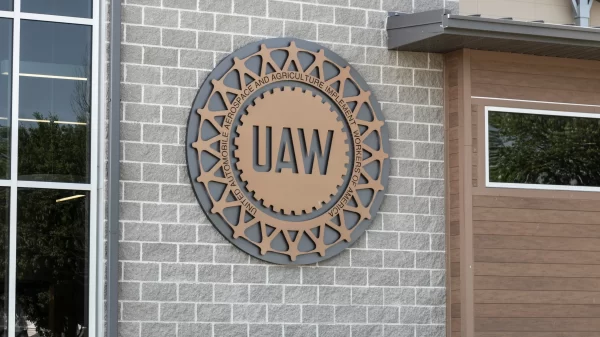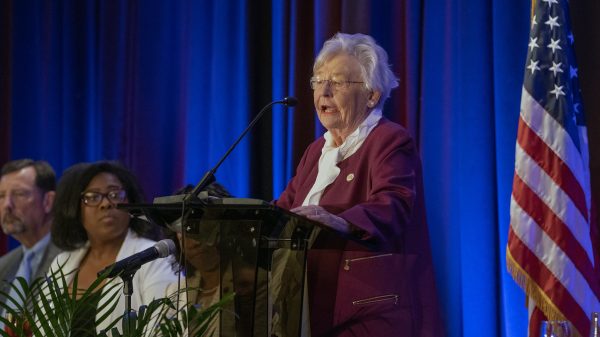|
Getting your Trinity Audio player ready...
|
A new national report released Thursday finds Alabama is one of only five states in the country to meet 10 of 10 research-based quality standards benchmarks for minimum quality for pre-kindergarten programs. However, the report finds the state ranks 15th the nation for preschool enrollment for four-year-olds and serves no three-year-olds.
The National Institute for Early Education Research (NIEER) Thursday released its annual State of Preschool report, which tracks preschool enrollment, funding, and quality across states. The 2023 State of Preschool Yearbook found that, in the 2022-2023 school year:
- Alabama enrolled 39 percent (23,388) of 4-year-olds, an increase of 1,449 from the prior year.
- State spending totaled $173,745,222, up $10,988,477 (7 percent), adjusted for inflation, since last year.
- State spending per child equaled $7,429 in 2022-2023, up $10 from 2021-2022, adjusted for inflation.
- Alabama met 10 of 10 research-based quality standards benchmarks for minimum quality recommended by NIEER.
“Alabama is a national leader in expanding access to preschool while maintaining top quality standards. However, most four-year-olds in Alabama still do not have the opportunity to enroll in Alabama’s First Class Pre-K program,” said W. Steven Barnett Ph.D., NIEER’s senior co-director. “In order to reach all four-year-olds, leaders must devise strategies to help more local child care providers become First Class Pre-K providers, in addition to public schools. This will require funding for startup and capital costs, ensuring that per-pupil funding is adequate to support quality classrooms, and supporting lead and assistant teachers in earning their required credentials.”
Ivey touted the state’s high marks in a statement Thursday.
“Alabama’s First Class Pre-K program continues to show its effectiveness in giving our youngest learners a strong start in both school and life,” Ivey said. “Alabama has established itself as a national leader in early childhood education and has set a standard of excellence by making significant investments in pre-k.”
Nationally, the report finds that this is a critical moment for preschool. The nation has emerged, albeit unevenly, from the COVID-19 Pandemic. States are poised to make new progress toward serving more 3- and 4-year-olds in high-quality, full-day preschool programs. How each state chooses to move forward – and whether the federal government helps – will determine how much real progress is made. Most states have not committed to serving all children, and even those states that have often fall short. Most states need to increase funding per child substantially to enable providers to meet minimal standards for a high-quality, effective program.
During the 2022-2023 school year, states enrolled over 1.63 million children in preschool, marking a 7 percent surge compared to the preceding year. Preschool enrollment reached 35 percent of 4-year-olds and 7 percent of 3-year-olds, with state expenditures reaching $11.73 billion—an 11 percent increase from 2021-2022 when adjusted for inflation. Notably, state spending per child surpassed $7,000 for the first time. However, despite this notable progress, most states still fell short of their pre-pandemic preschool enrollment. While several states made strides towards achieving universal preschool access, six states persisted in not allocating any funding for preschool programs.
“With the pandemic in the rear view, it is time for states to choose whether they are going to support high-quality preschool and how,” said Allison Friedman-Krauss, Ph.D., the report’s lead author. “Will states commit to serving all four-year-olds? Will states serve both three- and four-year-olds? Will states make the investments needed to ensure that programs are effective? Will states support a mixed-delivery model for preschool incorporating both existing child care programs and public schools? How will states recruit, support, and retain preschool teachers? These decisions will impact millions of children for years to come.”





















































